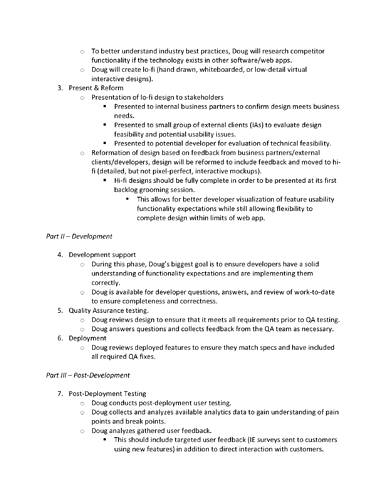Hey Everyone,
I am starting my 4th year at my job and have recently been given approval (after forming and presenting my proposal) to move from a Customer Success manager to a User Experience researcher. I have been asked to (1) write my own job description, (2) develop a career path with the titles and job descriptions that I can grow into, (3) build out the company philosophy and best practices for UX research.
This is super excited and a great opportunity, but I am finding myself overwhelmed by the task. Most of the information I am reading about pertains to large companies that have at least an Insights department of some kind. I have total buy-in from stake holders to work on this.
Some context - We are a hardware and software company with about 30 people (5 developers and one UI designer). I have worked on a lot of projects (out of the box experience, user tests, interviews, ect) with our UI designer.
Has here has experienced building a UX department from the ground up?
Any thoughts in general?
Thanks!
Sam



